Up until 1834, there had been a conflict between those in Upper Canada who were reform-minded and those who were allied with the Conservative Family Compact. But those in the reform movement had no desire for radical change or an American style republic, but there were also some that were. The same remained on the Tory side, there were those who were moderates who thought that some change might not be a bad thing, but others who wanted stricter controls, those who wanted to turn Upper Canada into a perfect England, where English was supreme, and the only church was the Anglican church. But like so many years before, everything started to hinge in 1834; the avalanche had started, it was too late for the pebbles to vote.
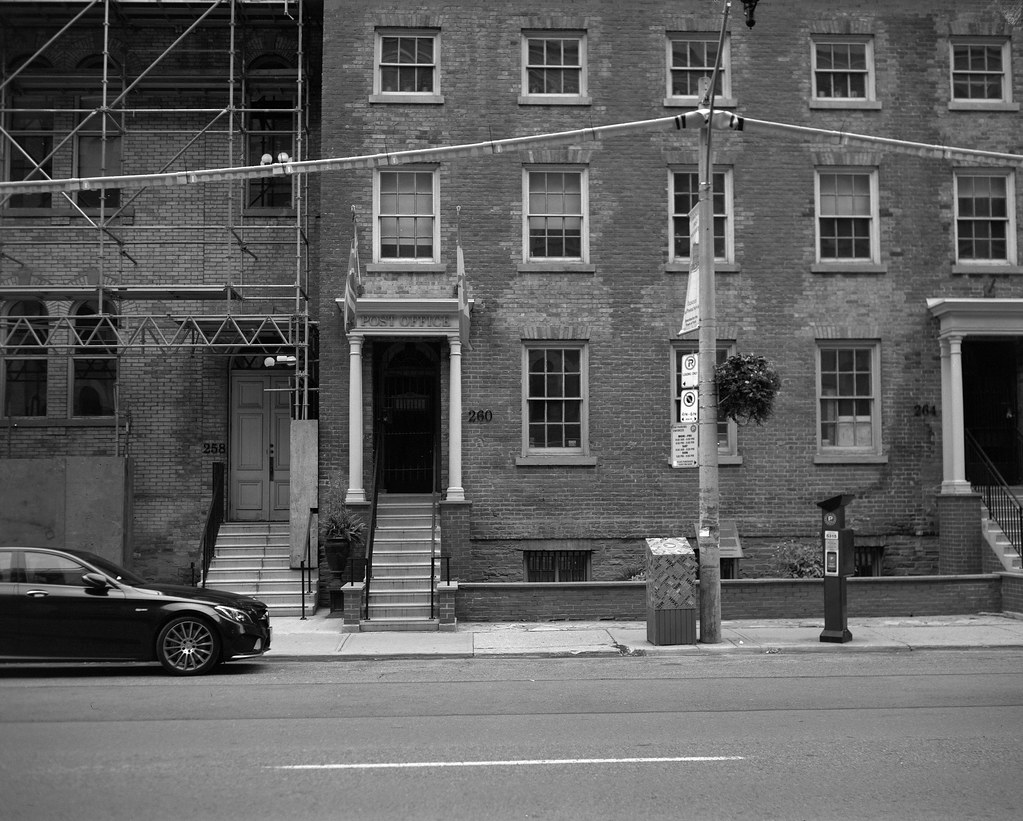
Pacemaker Crown Graphic – Schneider-Kreuznach Xenar 1:4,7/135 – Rollei RPX 400 @ ASA-320 – Pyrocat-HD (1+1+100) 18:00 @ 20C
On the 6th of March, 1834, the town of York incorporated as a City by an Act of the Provincial Parliament and signed into Law by Sir John Colborne, the Lieutenant-Governor. The municipal elections for the city provided a new battleground between the Tories and the Reformers. Despite the city being a large body of Conservatives, William Lyon MacKenzie managed not only to get himself elected as an Alderman, a term used for those who sat on City Council but also managed to convince the other aldermen to elect him mayor. During this period, the position of Mayor was elected by the City Council, not the electorate of the city. Taking a page out of American President Andrew Jackson’s book, MacKenzie began to remove those who allied themselves with the Tories from their posts within the city’s government and positioning those who were allied with him in their place. The council itself proved to be a hostile place, with MacKenzie often brawling with the other aldermen or causing them to fight amongst themselves. All the while, MacKenzie continued to print offensive content in The Advocate against both those Tories on Council and in The Legislative Assembly, a body he remained a member. Despite the malfunction in the Toronto Council, some bills managed to pass to allow for better fire suppression and control. However, the bigger issues such as the city’s debt, sanitation, and roads remained outstanding. It didn’t help that the city was limited on how much it could raise taxes.
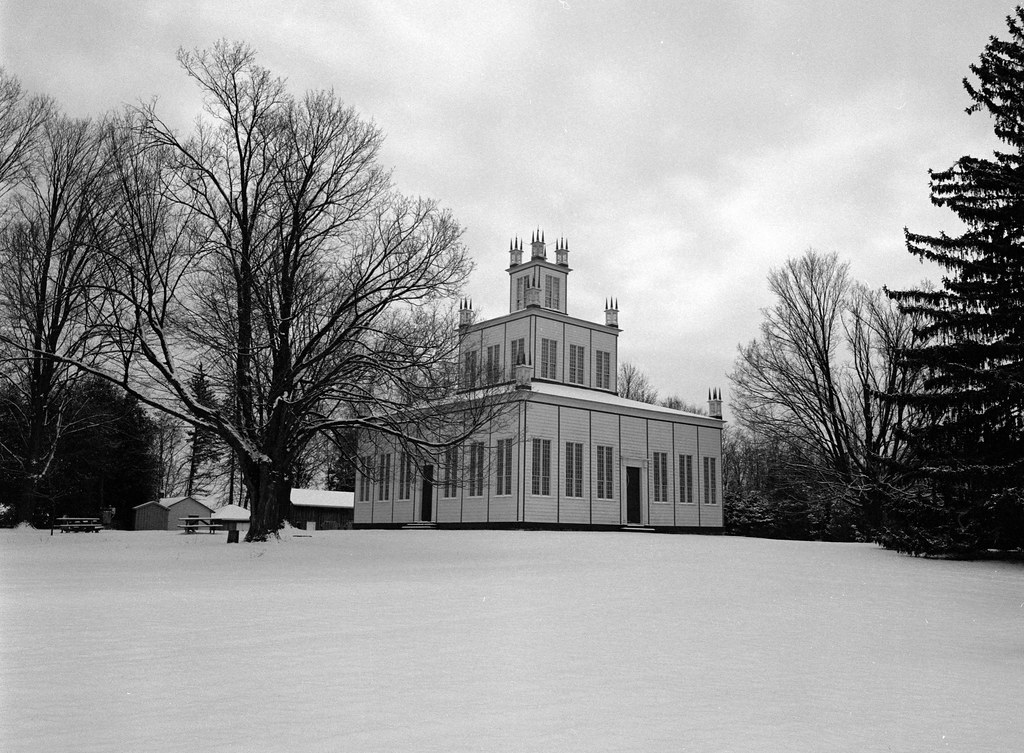
Mamiya m645 – Mamiya-Sekor C 45mm 1:2.8 N – Ilford HP5+ @ ASA-400 – Kodak HC-110 Dil. B 5:00 @ 20C
But the mayorship was only a distraction for MacKenzie when four-year term on the Assembly expired, MacKenzie threw himself into election mode. As did many other reformers and their success again yielded control of the Assembly. With Bidwell returned to the Speakers Chair, he still put MacKenzie on the hunt. Like before MacKenzie opened the book on everything done by the Upper Canada Parliament, he investigated the Banks, the Canada Company, the Welland Canal, and more. He compiled everything into a single report, loftily titled the Seventh Report on Grievances. He read his report aloud in the Legislative Assembly before sending it onto the Colonial Office in London. In London, MacKenzie’s report would not be the only one that they would receive. Two similar reports had arrived from British North America, one from Lower Canada and the reform-minded men under Joseph Louis Papineau and New Brunswick. All three together called into question the entire Colonial System. Change it seemed was on everyone’s mind. A great change had passed through England a few years back with the signing of the Reform Bill, but those changes did not affect the Parliaments of the Provinces because they were nothing more functions of the bureaucracy of the Colonial Office. The interesting this was that the Colonial Office decided to deal with both Upper and Lower Canada differently as both seemed on the edge of Revolution. To Lower Canada, they sent Sir John Colborne as their new Lieutenant-Governor. Colborne having proved himself in combat during the Battle of Waterloo and having a military-minded governor might reduce the threat of armed insurrection. Their response to Upper Canada proved a little more interesting. Looking back, the appointment of Sir Francis Bond-Head to the Governorship was a mistake, Bond-Head, had little in the way of experience in colonial administration, getting the governorship only through his connections within the government. His most recent post had been to administer the new Poor Laws in England, and by his writing and zeal in executing these laws in helping the less fortunate, they felt that Bond-Head would be a liberal reformer, someone to help bridge the widening gap between the reformers and Tories. The Colonial Office had also received a response written by Chief Justice John Beverly Robinson in response to MacKenzie’s Report and promptly told Bond-Head to pay the document no mind.
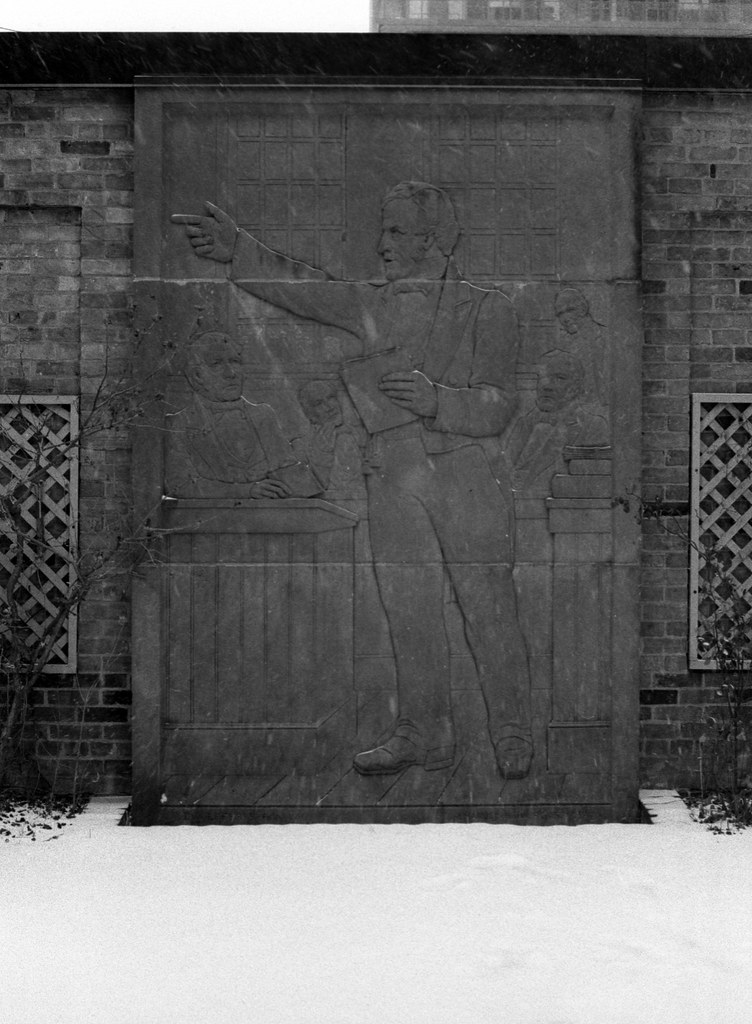
Nikon F5 – AF Nikkor 50mm 1:1.4D – Kodak Tri-X 400 @ ASA-800 – Ilford Microphen (Stock) 11:00 @ 20C
Sir Francis Bond-Head arrived in Toronto in January 1836 and was welcomed with great fanfare, and he decided to shake things up. First and foremost he approached several of the moderates among the Reform Camp, John Rolph and Robert Baldwin among them, to be on his Executive Council. Rolph accepted immediately, Baldwin, however, had some misgivings. Baldwin went to his father and other members of the reform society for guidance. Explaining that he would feel wrong accepting the post to Bond-Head’s invitation, while he had maintained a civil tone with those in the Assembly in the Tory camp, he had spoken out against them in private. The elder Baldwin would convince his son to accept Bond-Head’s invitation. And when Baldwin was again approached by Bond-Head, he accepted. While many in the reform camp celebrated, the more radical derided. MacKenzie among them who felt he should have been among those appointed. But the presence of reform-minded men in the Executive would be short-lived. When Baldwin began to make suggestions towards the idea of Responsible Government, Bond-Head soundly chastised the timid lawyer, suggesting that he and others familiarise themselves with their new role before taking on anything major. Baldwin among others, including a few moderate conservatives resigned their posts in protest. Their response paled against the response from the Reform controlled Assembly who sent a scathing letter of rebuke to Bond-Head and then refused to pass any money bills, denying Bond-Head the needed tax income from the Province. It was the only card they had to play against Bond-Head. In his dual role as both Colonial Administrator and Commander-In-Chief of the British Army stationed in Upper Canada, Bond-Head could have drawn the needed money out of military coffers, but instead, Bond-Head decided to show the Reformers exactly who held power. He ordered the Assembly dissolved and a new set of Elections called.
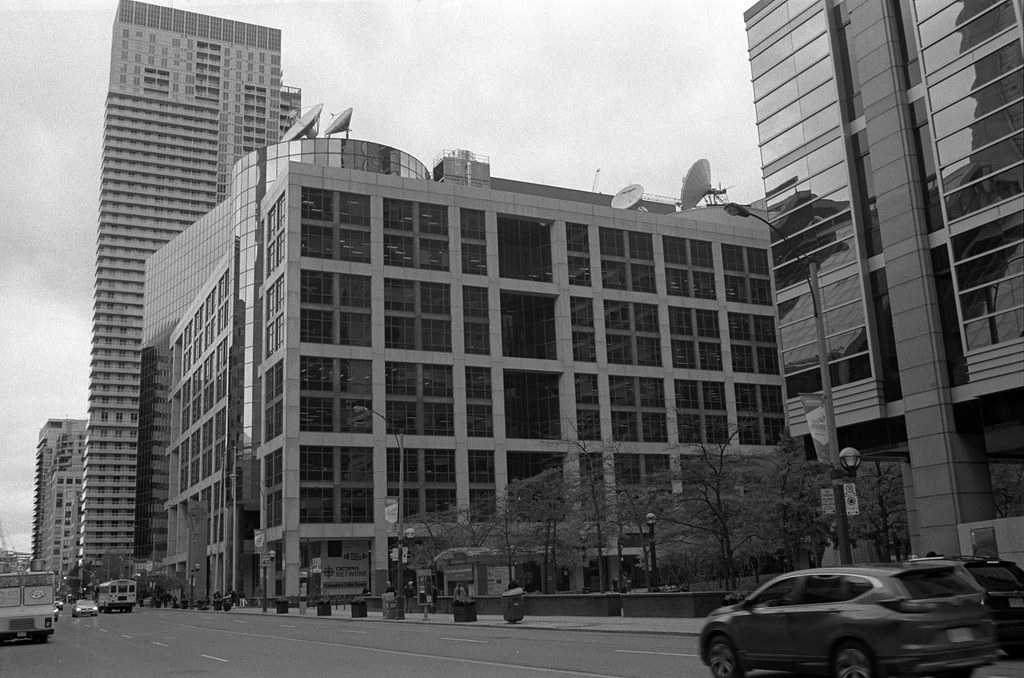
Nikon F6 – AF Nikkor 35mm 1:2D – Kodak Tri-X 400 @ ASA-400 – Kodak D-76 (1+1) 9:45 @ 20C
The elections of 1836 proved one of the nastiest in the history of Upper Canada Politics. The reform camp struggled to separate themselves from the radical members like William Lyon MacKenzie. And MacKenzie struggled to separate himself from the label of Traitor. He argued that loyalty to Canada was not disloyalty to England. The splitting of the reform vote played right into the hand of the Tories and the Family Compact. But the Tories had help from Bond-Head. Usually, the Governor separated themselves from the Provincial Elections, to give the electorate some illusion of free elections. Bond-Head had no illusions of what side he was on. While he had great respect for Robert Baldwin and several others among the moderate reformers, he had learned from the start to take a great deal of council from the Family Compact, especially John Beverly Robinson, the Chief Justice of the Province. And the Tory-controlled Executive and Legislative Council had their tricks up their sleeves in changing the borders of the ridings within the Province to downplay the power of the Reform vote. They also made use of various Tory groups such as the Orange Order or Town Line Blazers to disrupt the rallies by Reform candidates either verbally or violently. They also showed up at polling stations on election day to ensure the men voted the right way. The result would be exactly what the Compact wanted, a Tory-controlled Assembly. Even MacKenzie who enjoyed wide support throughout the Toronto Township lost his seat.
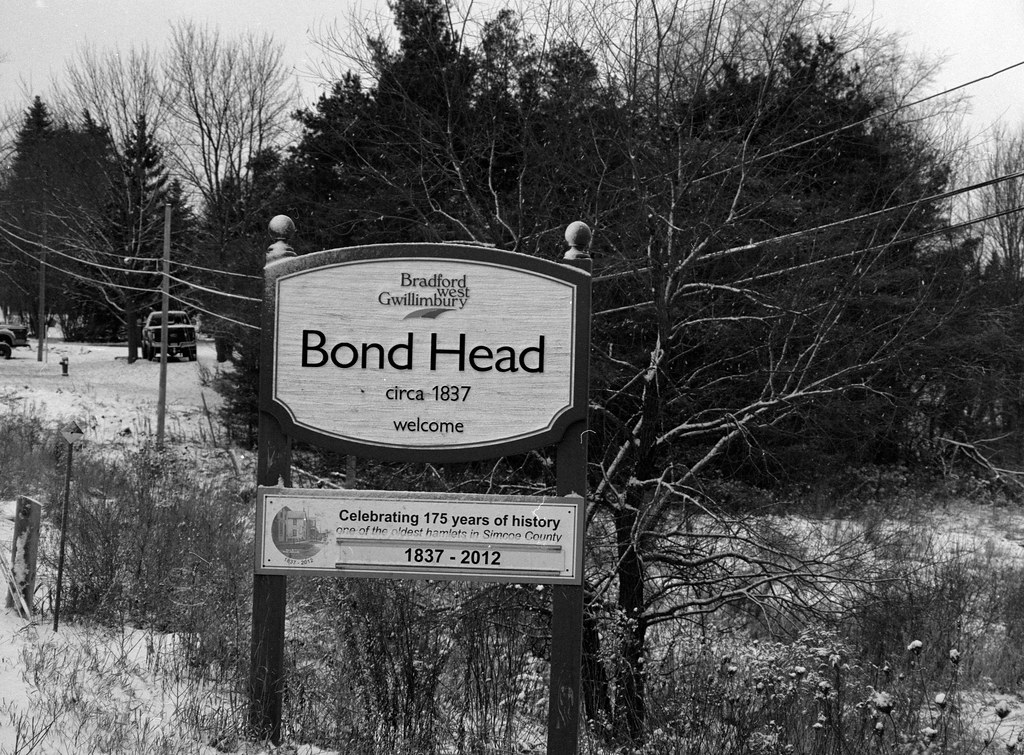
Mamiya m645 – Mamiya-Sekor C 150mm 1:3.5 N – Ilford HP5+ @ ASA-400 – Kodak HC-110 Dil. B 5:00 @ 20C
Those few reformers that made it into the Assembly began to raise concerns over the legality of the election. MacKenzie called out Electorial Fraud, and his ally in the Assembly, Charles Duncombe spoke out at length. An investigation was launched but ultimately found nothing. MacKenzie would not take this lying down, he immediately restarted his printing presses and began to publish a new newspaper, and there was no hiding what he wanted. The first edition of The Constitution saw publication on the 4th of July, 1836. He decried the move by the British Parliament to limit the power of the Legislative Assembly in Lower and Upper Canada, removing their control over passing taxes over to the Governor. He had gone over to the full out radical reform; he had lost all trust in the Colonial System, the Provincial Government, even England herself. MacKenzie spoke out in public, holding rallies throughout Upper Canada, often those rallies were disrupted by Tory Thugs. These rallies attracted wide attention, especially from those in the rural areas of the Home District, where those directly affected by the stranglehold of the Family Compact often eeked out an existence. And while MacKenzie continued to claim he desired a non-violence revolution to establish a proper Republic, often Liberty or Death Banners flew at his rallies. In secret, however, with the help of Charles Duncombe, MacKenzie and his supporters formed small vigilance committees, ready to lead and rise in armed demonstration should a non-violent approach fail to achieve the results he desired. Many rallied to his cause as leaders, Samuel Lount, Peter Matthews, John Rolph, Charles Duncombe, and Anthony Van Edgmont. These men formed MacKenzie’s inner circle; each would then form their circle of trust around themselves.
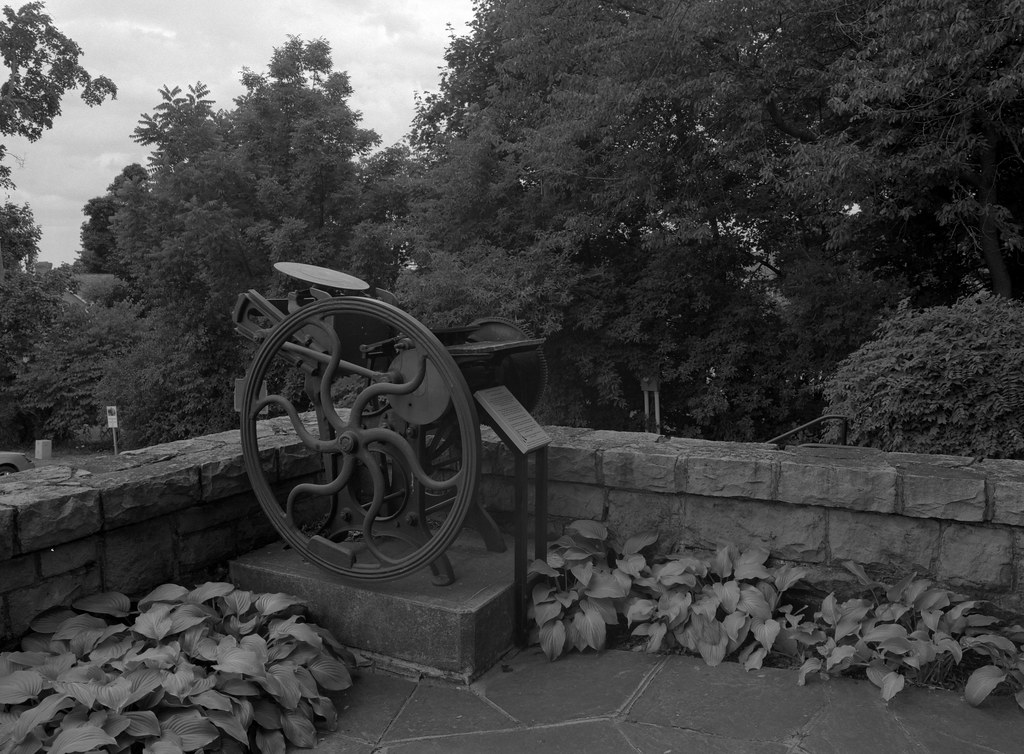
Mamiya m645 – Mamiya-Sekor C 45mm 1:2.8 N – Ilford FP4+ @ ASA-100 – Kodak D-23 (Stock) 6:00 @ 20C
Many in the government saw MacKenzie as a direct threat to the security of Upper Canada and watched as even Lower Canada began to spiral down into open armed revolt throughout the remainder of 1836. The strange thing was that Bond-Head seemed to play down the threat of MacKenzie and his band of radicals. The truth was that Bond-Head and many in the Family Compact were worried about MacKenzie and the threat he posed to Upper Canada. No one wanted open rebellion or civil war; even the Compact knew that their power was at the mercy of London and even that could be snatched away. At the urging of Robinson, the Executive and Bond-Head downplayed the threat, presenting a face of calm and order and hoping that such actions would calm the masses. MacKenzie continued to nothing more than whip up public fury at the government but did little to move towards an armed rebellion. That is at least until the death of King William IV on the 20th of July 1837. Here MacKenzie saw his chance, the death of a king meant early elections in the Legislative Assembly if the reform movement could again take control they might have a chance at change. The Assembly, with the blessings of Bond-Head, voted against dissolving. MacKenzie spoke out, publishing handbills featuring a declaration of independence. He called for an immediate Constitutional Congress, the establishment of a Republic with Marshall Spring Bidwill appointed as acting Chairman until proper elections could be arranged. Many saw this as direct treason, even the hardliners in MacKenzie’s camp took a step back urging MacKenzie to calm down. But the forces in Lower Canada were already preparing for armed revolt and were about to present a perfect opportunity to act.
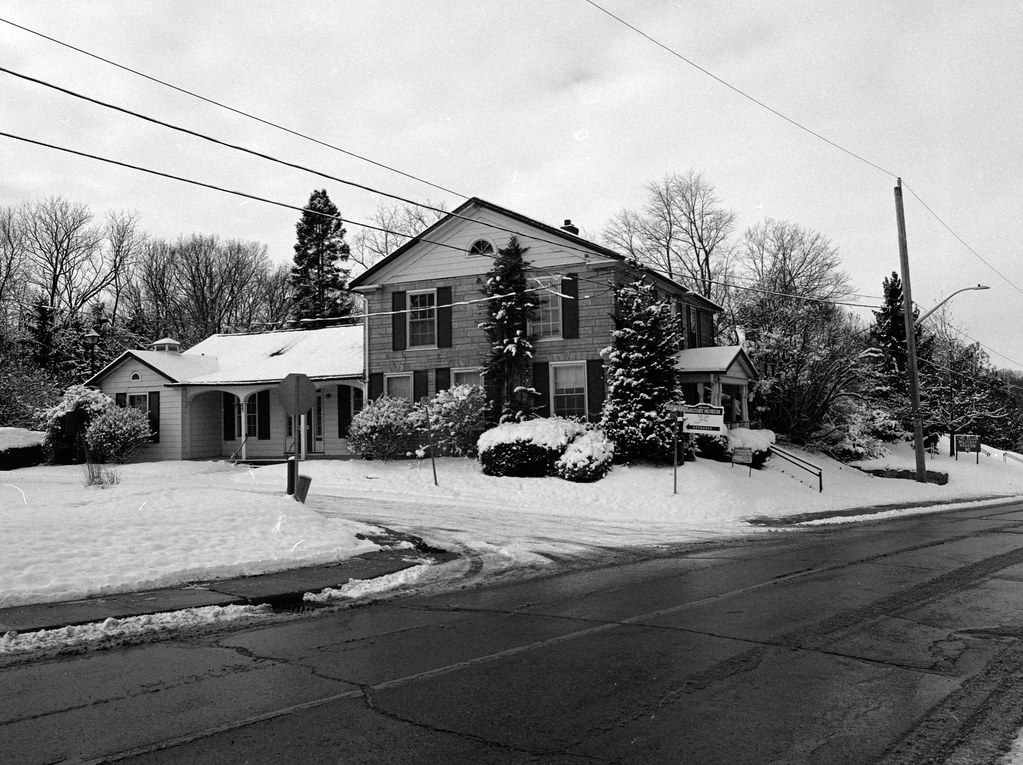
Mamiya m645 – Mamiya-Sekor C 45mm 1:2.8 N – Ilford HP5+ @ ASA-400 – Kodak HC-110 Dil. B 5:00 @ 20C
It is hard to figure out who is to blame about the sudden radicalisation of William Lyon MacKenzie, ever since his first jump into Provincial Politics he had been swayed by those who surrounded him. He picked and chose the ideas and ideologies he would follow based on his ideas on how a government should be run. And yes there was a great deal of corruption and backroom dealings in Upper Canada. And yes, the actions of the Family Compact and the Colonial Office certainly factored into the rise of radical reform within Upper Canada. But MacKenzie was not the only one who had a bone to pick a similar movement had risen in Lower Canada for much the same issues as those in Upper Canada faced. In the end, it was MacKenzie’s choice to fall into open treason. Many in the Reform Movement would turn their back on MacKenzie, even Robert Gourlay who first opened this can of worms in 1818 declared MacKenzie little more than a traitor. But MacKenzie’s fall from grace had only begun. Today there is little to remind us of these early days of the Upper Canada Rebellion. Most of the action took place in the Third Parliament Building, the building survived until 1892 and housed the United Canada Parliament and the first Parliaments of the Province of Ontario. Today the land on Front Street in Toronto is home to Simcoe Park and the CBC Broadcast Centre. A memorial to MacKenzie’s Grievance Report would be installed in Niagara Falls in 1938, however, it was dismantled in the 1960s and put into Storage. It can be found today along with a Rebellion Memorial at the MacKenzie House Museum on Bond Street in Toronto. A small unincorporated village in Bradford West Gwillimbury takes the name Bond Head after Sir Francis Bond Head. The Sharon Temple of the Children of Peace is also open to the public today as a museum and has a great deal of Rebellion and Reform History on display.